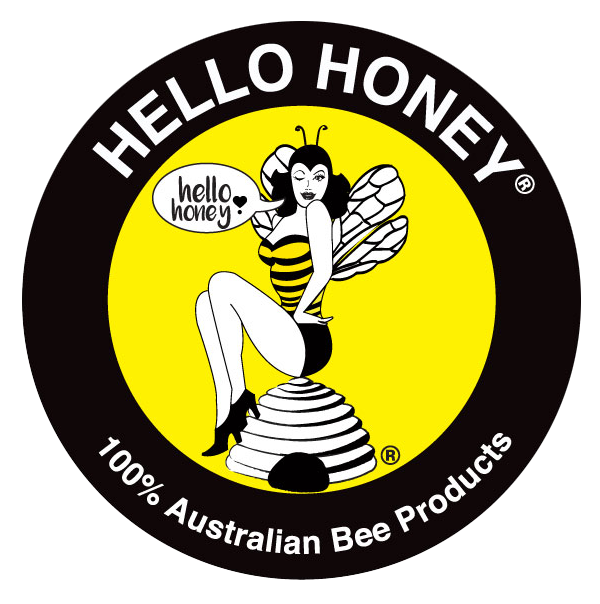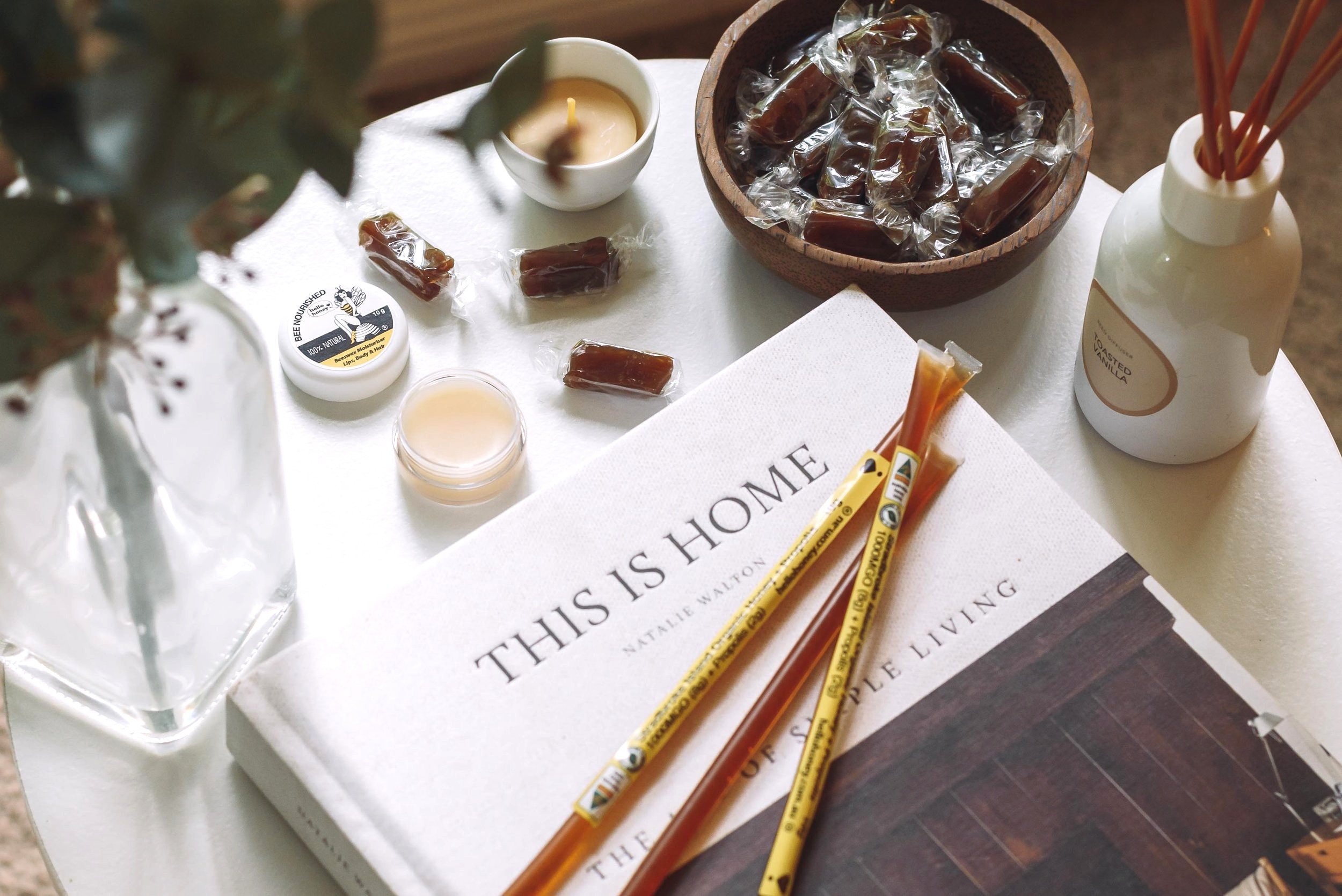Honey Facts
What is Jelly-Bush Honey?
The Jelly-Bush plant ‘Leptospermum Polygalifolium’ belongs to the same species as New Zealand’s Manuka Ti Tree. The bee’s feed on this plants nectar, producing a honey with healing properties. Jelly-Bush Honey is a thick, jelly-like extraction, coarse-strained to retain pollen in a warmed room and obtained using only organic principles.
There are no sprayed crops or farmed animals to contaminate the hives, set amongst the pristine native coastal bush of Stradbroke Island, on the S.E coast of Qld, Australia.
How do we get such high results?
The Leptospermum plant is responsible for the high activity results found in honey collected from Stradbroke Island. Our honey was recently tested by the Sunshine Coast University Chemistry Department. The attached report confirms that it has a very high 1458MGO/30+ ULF rating.
Research has increased over the past 20 years showing that Australia has been found to have 86 “Bio-active” Native plants. Stradbroke Island has an abundance of the top 6 “Bio-active” plants. These are all part of the Leptospermum plant species as shown below.
lanigerum ,L. liversidgei, L. nitens, L. polygalifolium, L. speciosum, L. whitei,
scoparium (known as Manuka) is the 7th most “Active”, it does not grow on Stradbroke Island.
As noted above, our latest batch to be tested has come back with an extremely high 1458MGO result. We have labelled it as 1450MGO for simplicity in marketing.
The MGO rating system is now the only acceptable form in Australia. We provide the ULF (Unique Leptospermum Factor) in the international market as it is still accepted and recognised outside of Australia.
The UMF testing method (Unique Manuka Factor) is trademarked to New Zealand and cannot be used here in Australia, even though it has recently been reported by the Sunshine Coast University that the Manuka plant originated here in Australia!
The Leptospermum plants flourish in drought like conditions as they have deep roots and grow in swampy areas, therefore having constant access to pure, sand filtered, water. They are in constant flower when drought conditions prevent other trees and plants from producing a flower. The bees feast on these Bio-active plants to produce high activity rated honey.
The Australian bee industry has had to overcome many challenges over the past 10 years.
Australia suffered drought-like conditions from 2009 to 2019 which resulted in the worst raging bushfires ever seen in our country. Towards the end of 2019 the Global Pandemic, Covid19 arrived, creating more challenges for the industry as lockdowns prevented movements of beekeepers and the relocations of their hives. To add to those challenges, the February 2022 Floods arrived, the worst floods in recorded history along the East Coast of Australia. Many more hives were destroyed in this event.
As a result of these extreme weather events honey production will be slow over the coming months and years. The Australian Bee industry not only lost beehives, but the flowering trees and plants that bees depend upon for their nectar, sap and pollen. It is more important than ever to support Australian Beekeepers to help the industry flourish once more.
Throughout all of these devastating "Acts of God", the Stradbroke Island beehives remained safe. They survived the fires that roared along the East Coast of Mainland Australia, they survived the recent flooding rains and the bees were able to continue producing their amazing honey, beeswax and propolis.
Hello Honey can provide you with this extremely rare and high rated Stradbroke Island Organic Honey. It is extracted utilising organic principles, not heated and coarse strained to retain pollen. The hives are placed in this pristine environment, free from chemical residue. There are no farmed animals or sprayed crops on the island. Quite simply, it is as pure and natural as can BEE.
What is Propolis?
Propolis is created by bees from a group of natural substances with antioxidant, anti-bacterial, anti-viral and antiseptic properties. Bees are able to prevent infection in their hive by using sap from young trees that have antibiotic properties. They gather the sap, re-metabolize it with their nectar secretions, and take it back to the hives. There, they spread it all over the hive so that every bee will brush against it and become immunized. The tree antibiotic becomes the bee antibiotic.





